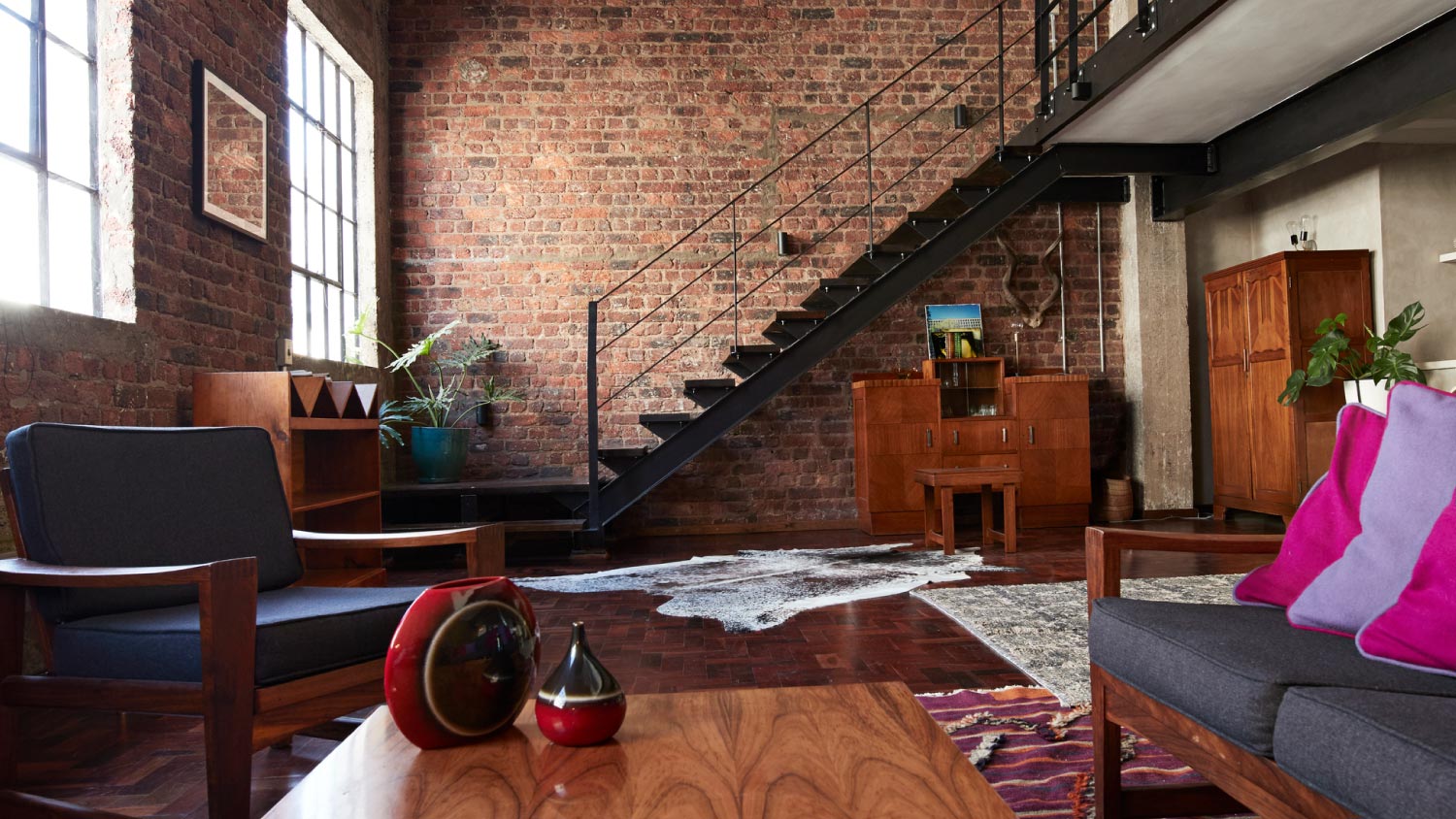A Complete Guide to the Different Types of Apartments
Picking the right apartment is vital to living your best life


So you’re ready to get your first apartment. It’s an exciting time, but the apartment-hunting process is also filled with uncertainty.
What type of apartment is right for you? After all, you don’t want to sign a one- or two-year lease only to find out it’s the wrong style for you. To help you make an informed choice, let’s break down the eight different types of apartments, as well as their pros and cons.
1. Studio Apartment

A studio apartment is a basic, one-room apartment that consists of a bedroom, living room, bathroom, and kitchen. The living room and bedroom are typically one combined space. While studio apartments are typically less expensive than spaces with separate bedrooms, there’s limited square footage.
There are many modifications made to make studio apartments look and feel unique. An alcove studio uses a divider or partition between the bedroom and living room to create a sense of separation between the two rooms. A convertible studio is a larger studio in which a wall separates the living room and bedroom. Ask your leasing agent about which of these apartment styles is available before making a decision.
2. One- or Multi-Bedroom Apartment
A one-bedroom, two-bedroom, or three-bedroom apartment is exactly what the name implies: it’s an apartment with that number of bedrooms. A one-bedroom apartment is typically larger than a studio, with a clearly separated living room and more closet and kitchen space. The more bedrooms in an apartment, the more square footage and additional living space. Apartments with multiple bedrooms may feature additional floors and stairs.
3. Loft Apartment

When a developer converts a former industrial building or a non-residential space into an apartment complex, they frequently make loft apartments. This type of apartment is characterized by large, open-concept spaces with the living areas on the ground floor and the bedrooms on the second floor. Loft apartments are usually more expensive to rent than studio apartments, but the open-concept layout provides more modification and customization options for residents.
4. Micro Apartment

A micro apartment, also known as an efficiency apartment, is essentially a miniature studio apartment, but the ceilings might not be as high and they may feature a "nook" as opposed to a bedroom. This apartment type usually contains less than 400 square feet. While there’s limited space and separation between parts of the apartment, it’s an inexpensive option for residents living in high-cost cities or areas.
5. High-Rise Apartment

A high-rise apartment is a unit located in a building that’s at least 12 stories high, with access to an elevator and other amenities. This apartment type is usually found in urban or high-population areas, and they can feature a wide variety of perks, including pool access, on-site gym, parking, pet-relief areas, and more. The cost of renting a high-rise apartment unit typically increases on higher floors.
6. Railroad Apartment
A railroad apartment is so named because it has a series of rooms that connect to each other, similar to a train car. This apartment type is particularly common in major cities, and it first appeared in the 19th century. These apartments make use of very narrow building footprints that can’t accommodate a wide layout. Railroad apartments commonly feature a narrow hallway down the length of the apartment with doors going into rooms off to the side.
7. Garden Apartment

Garden-style apartments are less about the apartments than the access to the surrounding outdoor area. This apartment type is a ground-level or basement apartment with direct access to a private outdoor space. Garden apartments are popular in small cities and suburban areas. While they provide easy access to a vehicle and outdoor amenities, garden apartments may face safety concerns and potential pest problems.
8. Walk-Up Apartment
Walk-up apartments refer to apartment buildings without elevators. These are typically older buildings where it isn't possible to install an elevator, or at least too expensive to do so. Walk-up apartment buildings can contain a certain old-world charm and rent for less than an apartment with an elevator. However, it can be cumbersome to move or transport items out of a walk-up apartment and have limited handicap access.










